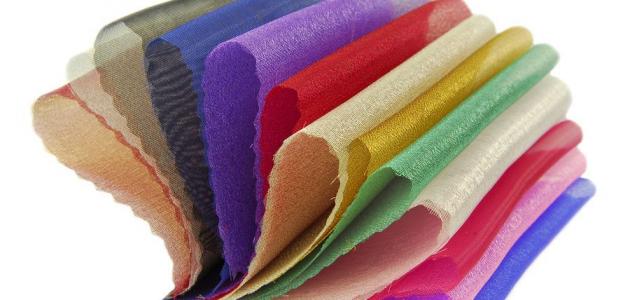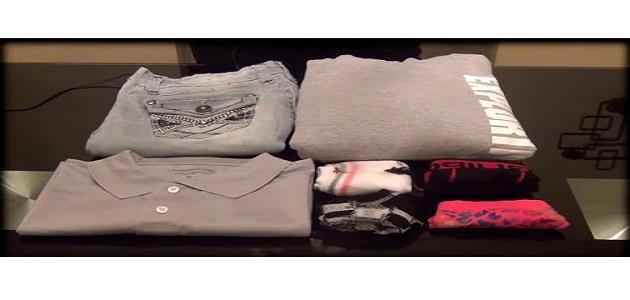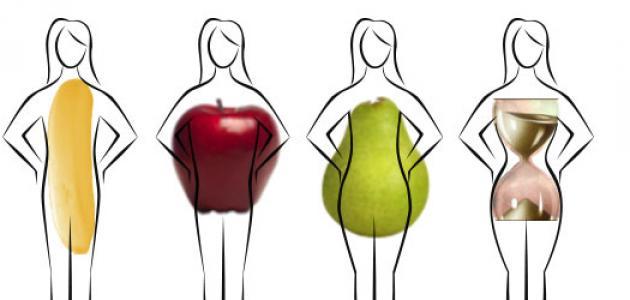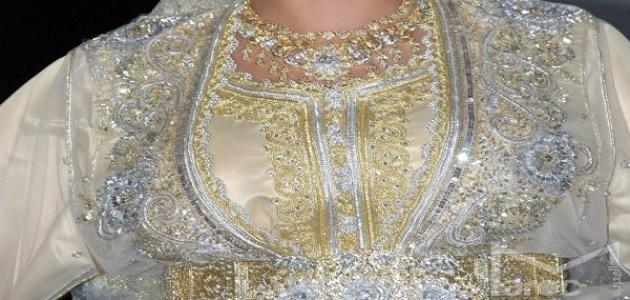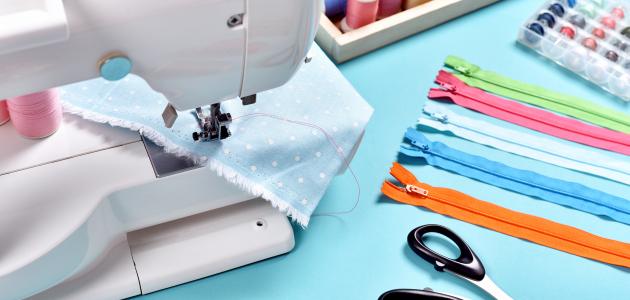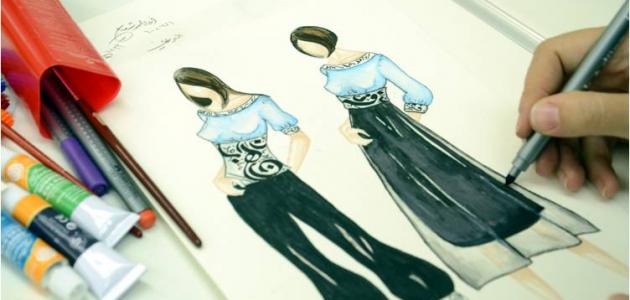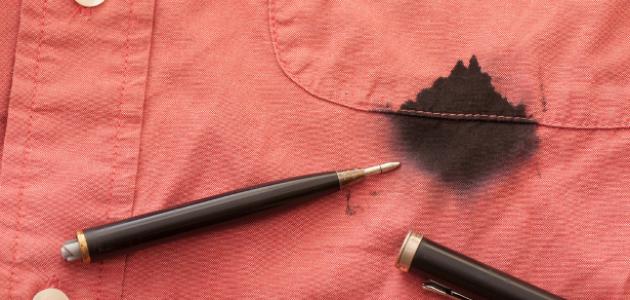cloth
Cloth is a term given to weaving and spinning that resulted from weaving, tying, felting, or knitting different types of threads, ropes, or fibers with each other to obtain a unique piece of cloth used in many areas of life. Each other, since time immemorial, where archaeological studies conducted on many wall paintings, ancient writings, and rock artifacts showed that cloth fabrics began to be manufactured in many countries and used by many civilizations. The ancient Egyptians used linen cloth to bury mummified things, and that was In 5500 BC, the cultivation of flax trees began five hundred years ago, while other evidence shows the first appearance of silk cloth in the great empire of China, and that was hundreds of years before the Christian era. India was also famous for its luxurious cotton fabrics, then it moved to Spain and Italy through Arab merchants. The successive use of cloth in many fields over the generations until it reached modern times, where it was developed and many different types emerged from it, and in this article I will discuss m talk about the types of fabric.
types of cloth
The cloth is classified according to the raw material that goes into its composition, such as natural fibers or industrial fibers, and it is also classified according to the methods and machines used in its manufacture, and accordingly the name and cost of the cloth are determined, and the following are some of the types of cloth circulating in the market, including:
Read also:How to buy sunglassesNatural fabrics
Natural fabrics were called by this name because they were made from natural fibers such as animal wool and skins, and parts of plants such as seeds, leaves and stems, and there are also fabrics made of minerals, and the following are some of the distinctive natural fabrics:
- cotton: Cotton is one of the most important fabrics that have been used throughout the ages, as it is taken from the fibers of cotton seeds, and multi-use cotton fabrics were manufactured, as it is a soft, comfortable, fast-absorbing fabric, and its price is acceptable to all.
- wool: Wool is taken from an animal source such as sheep, goats, rabbits, alpacas, llamas, camel hair, and merino. Wool is a luxurious fabric and warm and gentle fabrics are made from it, as it is resistant to many external factors.
- silk: Silk is one of the natural fibers whose threads are produced by a small insect called the silkworm. It weaves silk to form its cocoon, so man used this precious and strong material to manufacture clothing, furnishings, and other fabrics. Silk is soft, shiny, and streamlined.
- Skin: Leather is one of the strong and flexible natural tissues taken from some animal skins, and the type of leather varies according to the animal whose skin is taken and the way it is processed, and cowhide is the most used compared to other leathers, and there is a type of leather that is taken from the lower part of the animal’s skin, such as goat skin, or sheep Suede, or suede, is called suede, and it is thin and flexible, which makes it good for making bags, shoes, and leather belts.
- linen cloth: Linen fabric is one of the oldest fabrics made from natural fibers, as it is extracted from flax trees and it is a strong fabric. It is cool in summer and has the ability to absorb sweat, but it wrinkles quickly unless synthetic fibers are added to it during its manufacture.
Synthetic fabrics
Synthetic fabrics are considered one of the tissues that humans manufactured using chemical compounds such as sodium hydroxide and carbon disulfide extracted from oil derivatives and other natural materials, as the purpose of that was to imitate or develop natural tissues. Here are some of the industrial fabrics:
Read also:The best way to wash clothes- nylon: Nylon is one of the commonly used industrial fabrics, as it was produced as a substitute for silk cloth, and it has distinctive properties such as strength, durability, and flexibility. It is also water-resistant and easy to dry, which made it enter into many industries such as clothing and furniture.
- polyester: Polyester fabric is one of the popular types of fabrics, which is characterized by its low cost, ease of weaving, in addition to its strength.
- Batiste Canvas: Batiste is a soft, opaque fabric made of cotton, wool, linen, polyester, or a mixture of these fabrics. It is usually used in the manufacture of nightgowns and some types of dresses.
- knitted fabric: The knitted cloth, or known as the bird's eye, is woven from a group of threads of different colors and usually contains holes on the surface of the cloth that resemble a bird's eye. It is one of the knitted fabrics, and it is used in the manufacture of traditional clothing, specifically in women's clothing.
- Bombazine fabric: The name Bombazine fabric was taken from the French language in the past, where this term was applied to the original silk fabric, but with the passage of time this name was attributed to a type of fabric made from a tree or cotton fabric, and it entered into the manufacture of many types of clothes.
- Buckram: It is a solid fabric made of lightweight fabrics. It is also soaked with adhesive materials that penetrate its fibers to give it strength. This fabric is used in the manufacture of shirt collars and waist belts.
- calico fabric: It is one of the fabrics woven from cotton fibers, which is known for its simplicity, as it usually comes in one color such as beige, and it is not fully processed during its manufacture, and what distinguishes it is that different graphics can be printed on it.
- Chenille: Chenille is one of the fabrics made from a mixture of different fibers such as cotton, silk, wool and artificial silk. It is also a thick and rough fabric and is usually included in the upholstery of seats and the manufacture of curtains.
- Lycra fabric: Lycra fabric is one of the flexible fabrics that separates the body when worn, which is lightweight and has a soft texture. Lycra fabric is used in the manufacture of swimwear.
